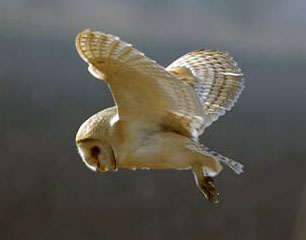 Barn Owl
Barn Owl
Characteristics
The upperparts of the Barn Owl are light grey with numerous fine dark lines and scattered pale spots on the feathers. There are buff markings on wings and on the back. The underparts are white with a few black spots, occasionally none.
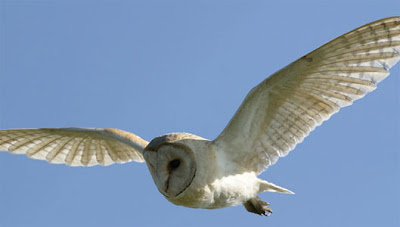 Feathering on the lower legs may be sparse. The heart-shaped facial disc is white with a brownish edge, with brown marks at the front of the eyes. Its beak is off-white and the feet are yellowish-white to brownish.
Feathering on the lower legs may be sparse. The heart-shaped facial disc is white with a brownish edge, with brown marks at the front of the eyes. Its beak is off-white and the feet are yellowish-white to brownish.
Males and females are similar in size and colour, females and juveniles are generally more densely spotted.
Habitat
The Barn Owl is found in virtually all habitats but much more abundantly in open woodland, heaths and moors than forested country. They usually roost by day in tree hollows but have also been found in caves, wells, outbuildings or thick foliage and they often nest in barn lofts and church steeples.
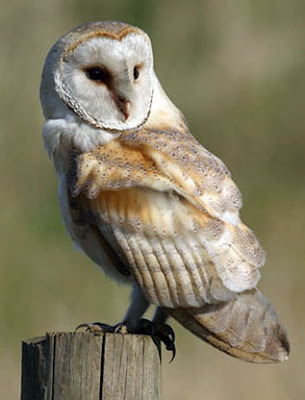 Behaviour
Behaviour
The Barn Owl calls infrequently, the usual call being a drawn-out rasping screech. Adults returning to a nest may give a low, frog-like croak. When surprised in its roosting hollow or nest, it makes hissing and rasping noises and snapping sounds that are often called bill snapping, but possibly made by clicking the tongue.
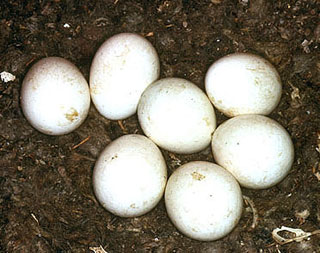 Barn Owls specialise in hunting small ground mammals, and the vast majority of their food consists of small rodents. voles (field mice) are the single most important food, followed by shrews, mice and rats. Other prey may include baby rabbits, bats, frogs, lizards, birds and insects.
Barn Owls specialise in hunting small ground mammals, and the vast majority of their food consists of small rodents. voles (field mice) are the single most important food, followed by shrews, mice and rats. Other prey may include baby rabbits, bats, frogs, lizards, birds and insects.
Their prey is mainly caught by night and is usually located by searching up and down likely looking land, particularly open grassland. They also use low perches such as fence posts as looking points from which to seek prey.
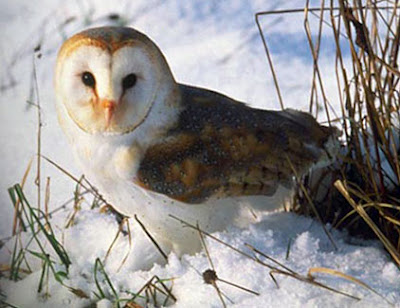 Barn Owls rely greatly on their silent flight and extremely acute hearing to locate prey. A velvety pile on the feather surface muffles the sound of the Barn Owls wings. In addition, the leading edges of the wing feathers have a fringe or fine comb, which deadens the sound of the wing, beats.
Barn Owls rely greatly on their silent flight and extremely acute hearing to locate prey. A velvety pile on the feather surface muffles the sound of the Barn Owls wings. In addition, the leading edges of the wing feathers have a fringe or fine comb, which deadens the sound of the wing, beats.
B.A.C.
—










